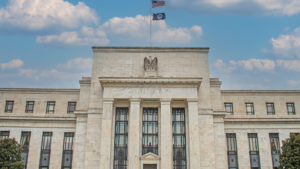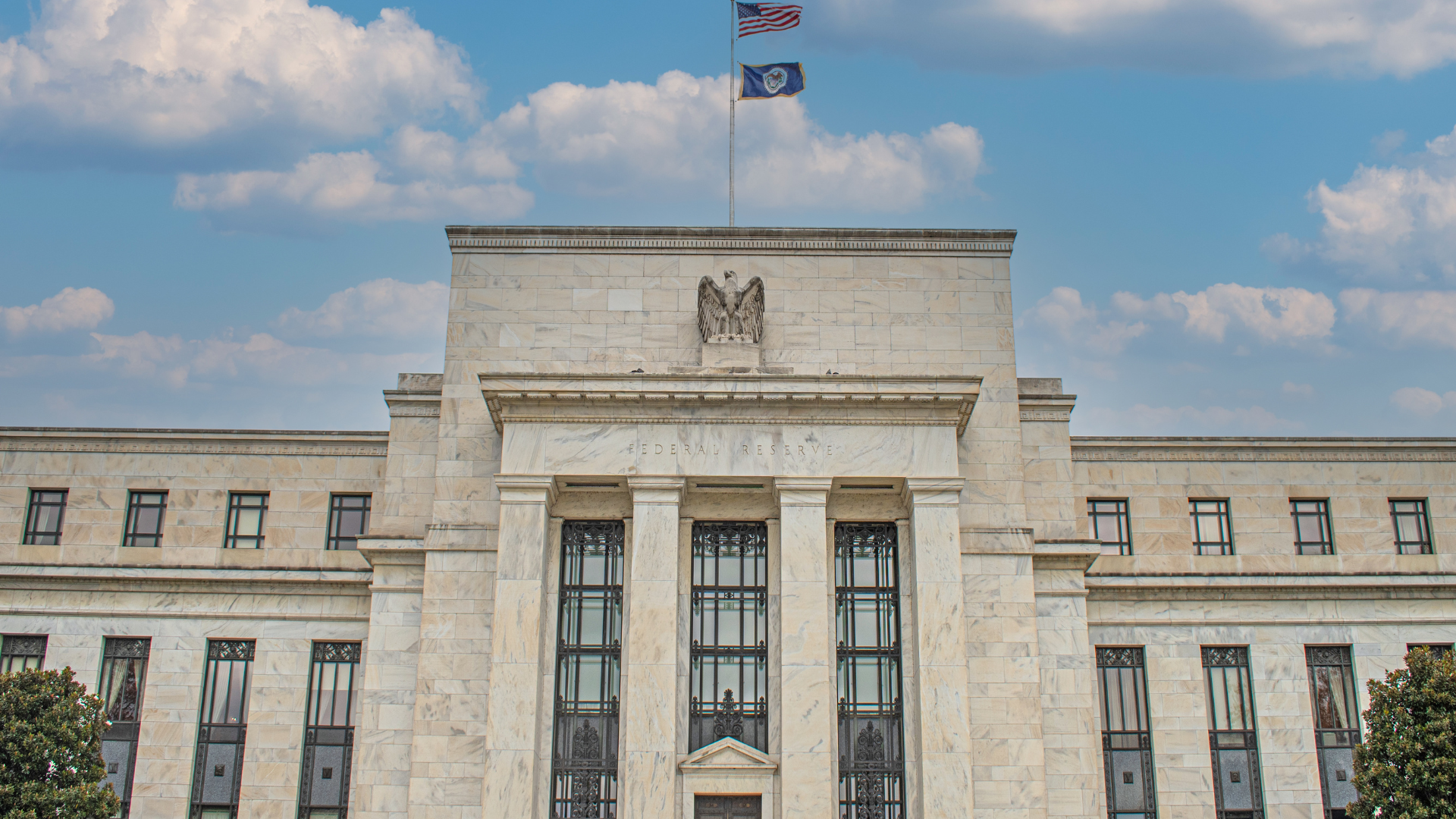Goldman Sachs is projecting a future of muted stock returns, highlighting several key indicators that signal a potentially challenging market environment for investors. This outlook emerges as markets adjust to shifts in interest rates, corporate earnings, and economic growth, with Goldman pointing to four main charts that suggest a recalibration of return expectations may be necessary.
One primary factor behind Goldman’s forecast is the likely effect of sustained high interest rates, which could place pressure on stock valuations. With the Federal Reserve indicating that rates may stay elevated, stocks, particularly in rate-sensitive sectors, might see growth become harder to achieve. Goldman analysts emphasize that higher rates often lead to lower valuations, posing additional obstacles for stock gains over the medium term.
Goldman is also focused on slowing corporate earnings growth as companies face rising costs and more cautious consumer spending. Recent earnings data, especially from high-growth sectors like technology, reflect a deceleration that could dampen the outlook for stock returns. As these earnings trends persist, the broader market may experience lower-than-expected growth.
Another crucial factor is persistent inflation, which Goldman notes could reduce real returns on investments. While inflation has cooled from its recent highs, continued wage pressures and global supply chain shifts mean it may remain above pre-pandemic levels, affecting purchasing power and squeezing profit margins.
Lastly, geopolitical risks are highlighted as a variable that could impact market performance. From trade disputes to energy supply concerns, global uncertainties could limit investor appetite for risk, potentially holding back stock returns as some investors pivot toward safer assets. Goldman’s forecast points to a conservative approach to investing in light of potentially lower returns in the years ahead. This analysis underscores the importance of diversification and a focus on assets that might perform well in slower-growth scenarios, like fixed income and value stocks. As these key factors evolve, Goldman’s insights suggest that investors may need to prepare for a more cautious, tempered period in the stock market.






















